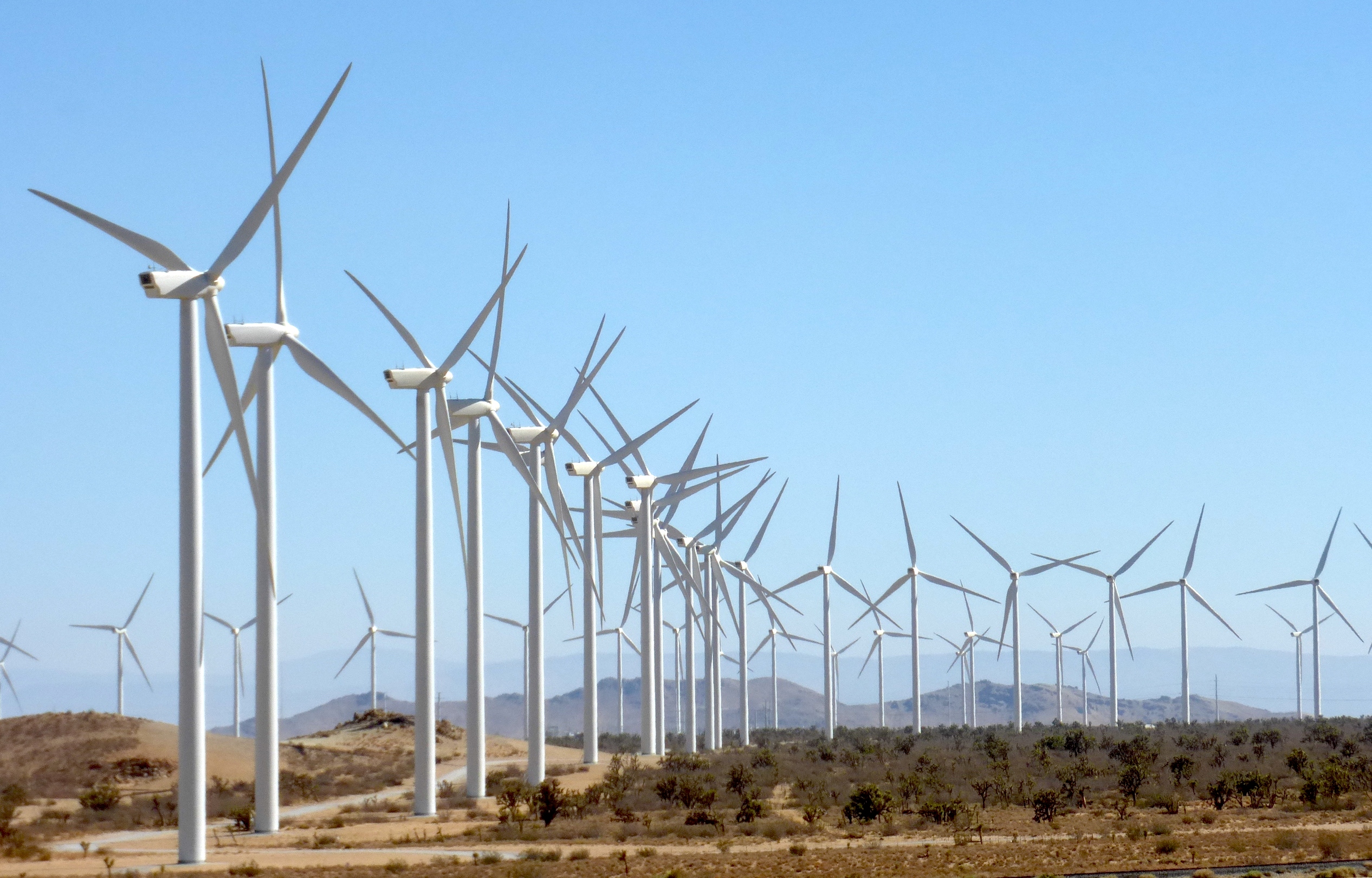Quick Summary
-
Claims that we are in a rapid transition away from fossil fuels are wrong. In the past several decades, solar and wind have gone from providing virtually 0% of American energy to 9.7% of American electricity and just 3.8% of American energy overall.1
-
Solar and wind's 3.8% market share is not due to the free market but rather anti-market policies that force consumers to use unreliable solar and wind even though they drive up energy costs.2
-
Anti-market energy policy 1: Unfair electric grid rules that compel utilities to pay the same prices for unreliable solar and wind electricity as they do for reliable natural gas, coal, nuclear, and hydro electricity.3
-
Anti-market energy policy 2: Mandates that force consumers to pay for solar and wind, regardless of how unreliable and expensive they are.4
-
Anti-market energy policy 3: Subsidies that force taxpayers to pay even more unearned money to solar and wind companies.5
-
The modest rise of unreliable solar and wind energy is not a free-market transition that will continue rapidly. It is an anti-competitive, destructive, and therefore unsustainable solar-and-wind welfare program.
-
If policymakers want to encourage cleaner or lower-carbon forms of energy they should decriminalize reliable nuclear energy, stop attacking modern natural gas production methods such as fracking, and stop opposing hydroelectric dams.
References
-
US solar and wind combined generated 401,800 gigawatt hours of the total 4,126,882 gigawatt hours (or 9.7% of total net electricity generation) in 2019.
U.S. Energy Information Administration - Electricity Data BrowserUS solar and wind provided 3,755 quadrillion BTU of the total 100,450 quadrillion BTU (or 3.75% of primary energy) in 2019.
U.S. Energy Information Administration - Total Energy Monthly, Primary Energy Consumption by Source↩ -
A key tool in mandating solar and wind on US state grids are so-called Renewable Portfolio Standards, which the majority of US states have already adopted. These standards require the local regulators to ensure that state-wide electricity to come from renewables by a certain share within a specific time frame. This can be up to 100% as California and New York require by 2050. Theoretically this would often include sources like hydro, geothermal or biomass by local rules. However, unreliable solar and wind are the only sources that have the potential to scale up as quickly.
U.S. Energy Information Administration - Renewable energy explained, Portfolio standardsAnother significant policy that favors unreliable wind is the wind energy Production Tax Credit, which provides a financial incentive to prioritize wind electricity over other sources, and damages the economic viability of the reliable backbone of America’s electric grid, particularly coal and nuclear.
2020 Talking Points on Wind Production Tax Credit↩ -
Solar and wind are unreliable, weather-dependent electricity generators. In electricity markets, they are allowed to compete at their marginal cost, despite not being able to guarantee to supply electricity exactly when needed, imposing cost on the reliable competition to compensate for their unreliability.
Tom Stacey on Power Hour: Rigged Against Reliables: How Electricity Pseudo-Markets Punish Reliability and Drive Up Costs (00:16:20)↩ -
“...we find that electricity prices are 11% higher seven years after RPS passage, largely due to indirect grid integration costs (e.g., transmission and intermittency).”
Michael Greenstone and Ishan Nath - Do Renewable Portfolio Standards Deliver Cost-Effective Carbon Abatement?
Steffen Henne - How bad are solar and wind?↩ -
Renewables, mostly solar and wind, receive the largest share of energy subsidies in the US. Per unit of energy, the difference to fossil fuel and nuclear technologies is even more staggering.
Institute for Energy Research - Fossil Fuels Dominate U.S. Energy Production, But Receive a Small Percentage of Federal Fuel Subsidies
Institute for Energy Research - EIA Report: Renewable Energy Still Dominates Energy Subsidies
Congressional Budget Office - Testimony by Terry Dinan in 2017↩
